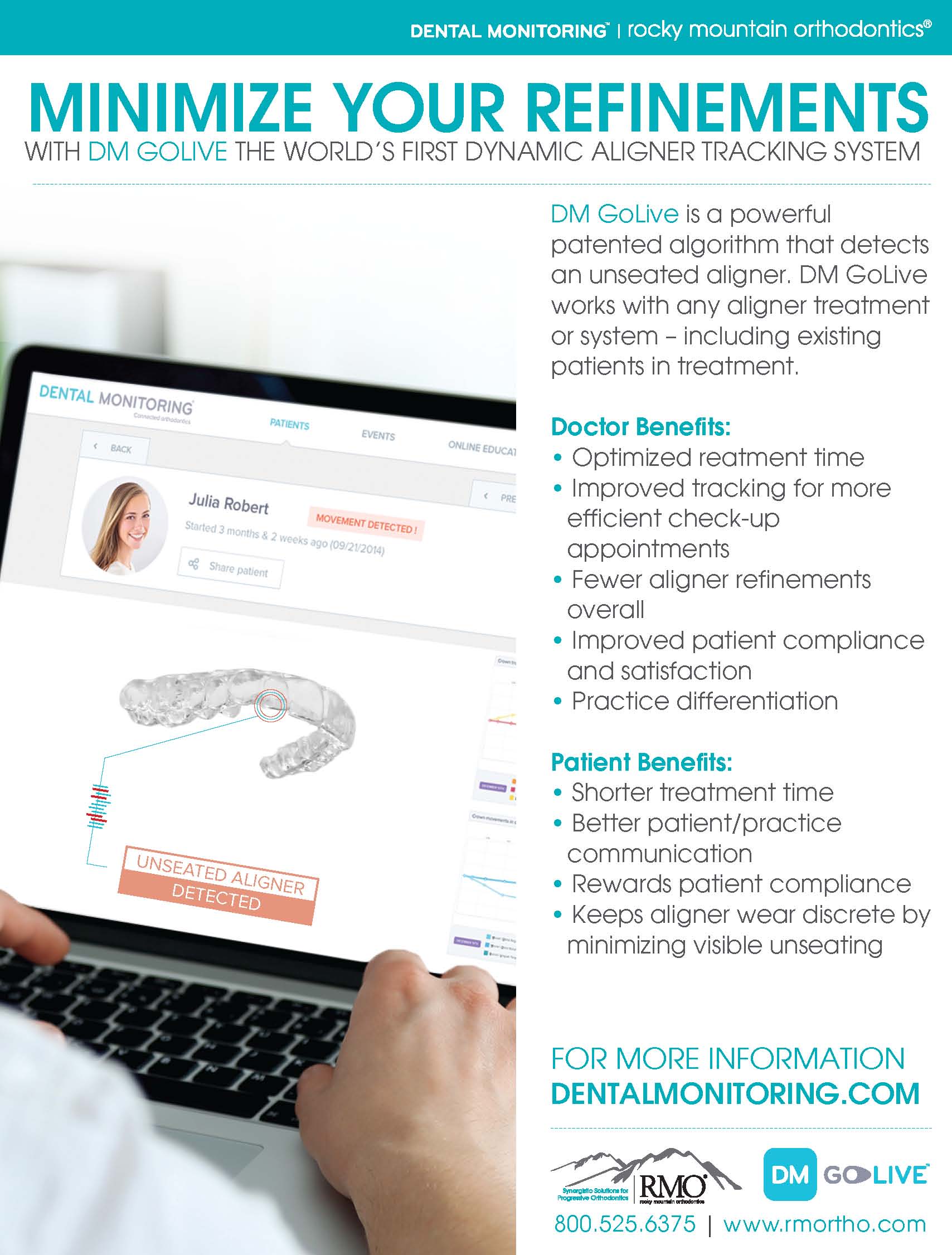My greatest joy in life is being a grandparent. I have seven grandchildren, with another on the way, and—to use an old phrase—they are the lights of my life. Unfortunately, when my children grew up, they moved away, so my nearest grandson lives more than 800 miles from my wife and me. Back in the bad old days, I would have been able to see and play with him only once or twice a year. Now, thanks to computer technology and the Internet, I can see any of my grandchildren in real time, and they can see me, pretty much whenever the urge hits. In addition, the video games that allow multiple players to compete over the Internet allow me to play with my grandkids whenever it is convenient for me and their homework is finished. Last night, for example, I was able to spend an enjoyable hour playing with my oldest grandson, watching his laughing face from 800 miles away as we eliminated a myriad of nasty bad guys in a fantastic virtual gaming universe.
Technology has clearly made my personal life much more enjoyable, but it has also made my professional practice life more enjoyable. Computer technology revolutionized practice management almost as soon as computers become commonplace in the 1970s and ’80s. JCO was there from the start, publishing its first article on computers in October 1974. Patient scheduling, practice accounting, inventory control, and all the other tasks associated with practice management were gradually upgraded to much more efficient computer programs. Those of us from the pre-computer age of orthodontics still remember the wonderful old leather-bound appointment books and cleverly designed pegboard accounting systems. Nowadays, patients can schedule appointments over the Internet without even talking to a receptionist, and all accounting is done via computer.
Similar articles from the archive:
- THE EDITOR'S CORNER The Future Is Now January 2017
- THE EDITOR'S CORNER A Digital Standard of Care October 2016
- THE EDITOR'S CORNER Analog Meets Digital April 2011
In more recent years, clinical procedures have been revolutionized in a similar manner. Everything from appliance design to custom manufacturing is now available. Digital intraoral scanners have essentially replaced impressions. The virtual models that are visualized in computer software programs can be printed in three dimensions, thus translating the virtual reality of the patients’ scanned images into very real, very accurate models with custom bases. These models are much lighter than stone casts and are virtually indestructible. Drop a plaster cast and you will break off multiple teeth; drop a 3D-printed model and it simply bounces, undamaged. Alternatively, patient scans can be submitted online for the fabrication of aligners, eliminating brackets altogether. Essentially every aspect of clinical orthodontics can now be handled in a digital workflow.
In this special issue of JCO, Dr. Lars Christensen presents a fascinating paper dealing specifically with that digital workflow. A team of authors led by Drs. Neal Kravitz and Christian Groth offers two articles on the nuts and bolts of 3D printing. The Cutting Edge column analyzes the effects of model orientation on 3D print accuracy. Our Practice Profile series introduces us to a high-quality, high-tech office—Cosse and Silmon Orthodontics—in Shreveport, Louisiana. Even the Readers’ Corner is a survey of 3D printing in current orthodontic practice.
I will admit to being a technophobe early on. I genuinely enjoyed taking impressions (even if the patients did not), tracing cephs by hand, and manually positioning brackets directly. I had to be dragged kicking and screaming into the digital age. Today, those impressions have been replaced by intraoral scans, the models are either digital or 3D-printed, the cephs are digitally traced and analyzed, and the brackets are positioned virtually prior to the fabrication of indirect-bonding trays. A digital workflow like this leaves me with more time for video games with my grandkids. Life is good, and technology has made it better.
RGK


